Interesting Minor Error on 97p Kennedy
 CascadeChris
Posts: 2,529 ✭✭✭✭✭
CascadeChris
Posts: 2,529 ✭✭✭✭✭
Just came across this in an album I bought. It has a nice rim to rim die crack and also an unusual raised dot in the field behind his head that looks like a die dent of some kind to me. Or maybe a Rockwell test mark lol. Anyway, what do you Kennedy guys think? Seen one before?
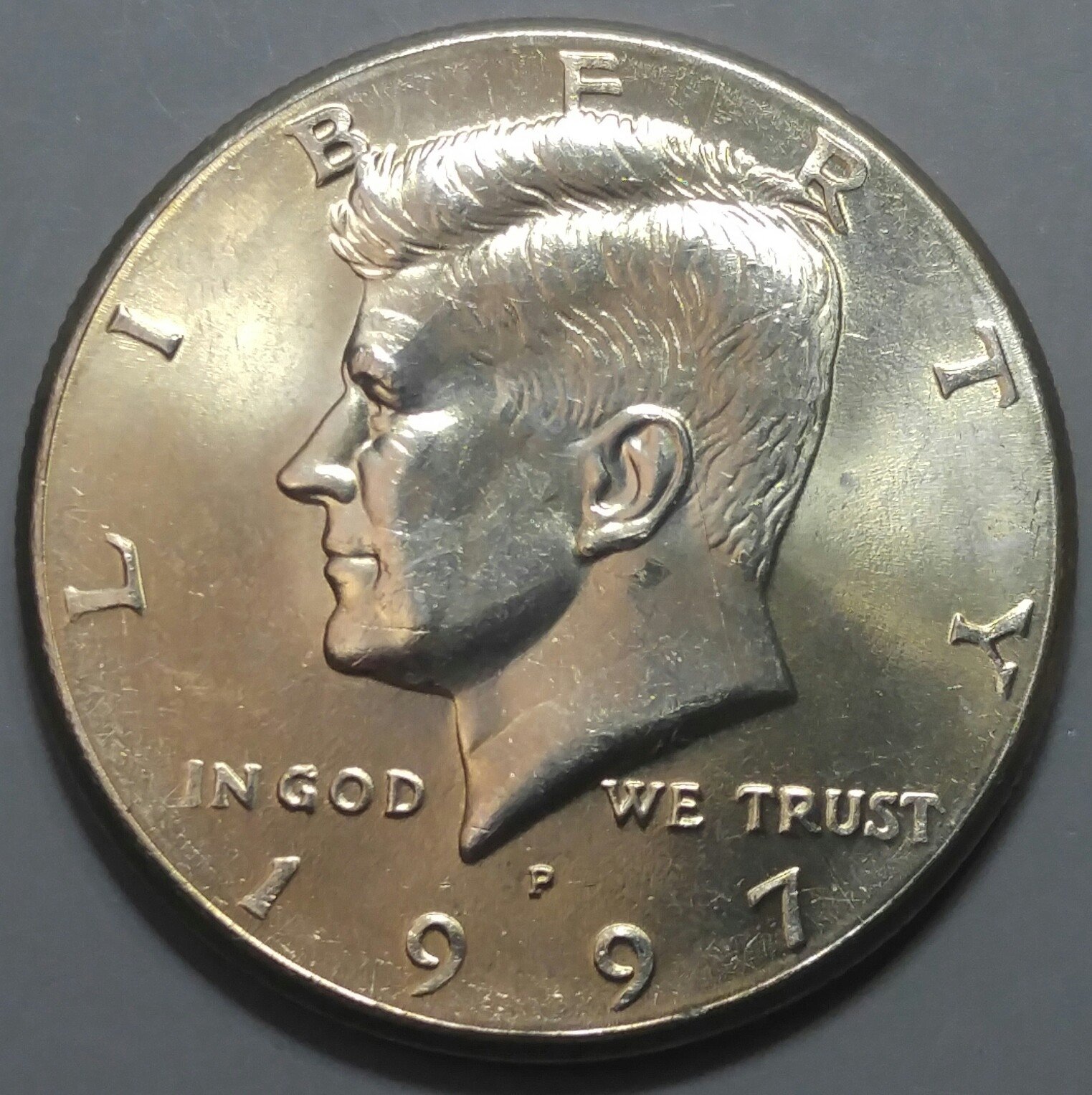
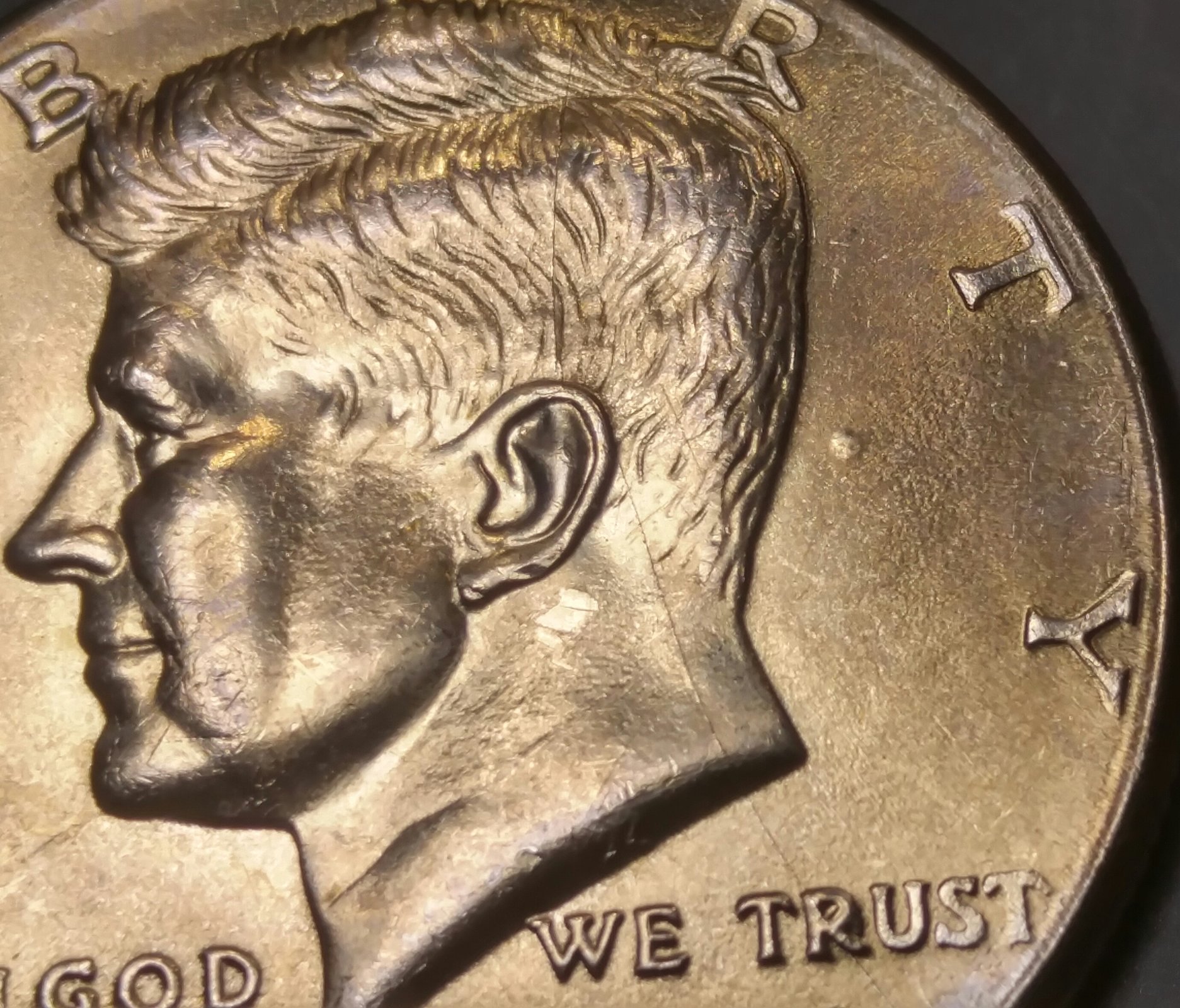
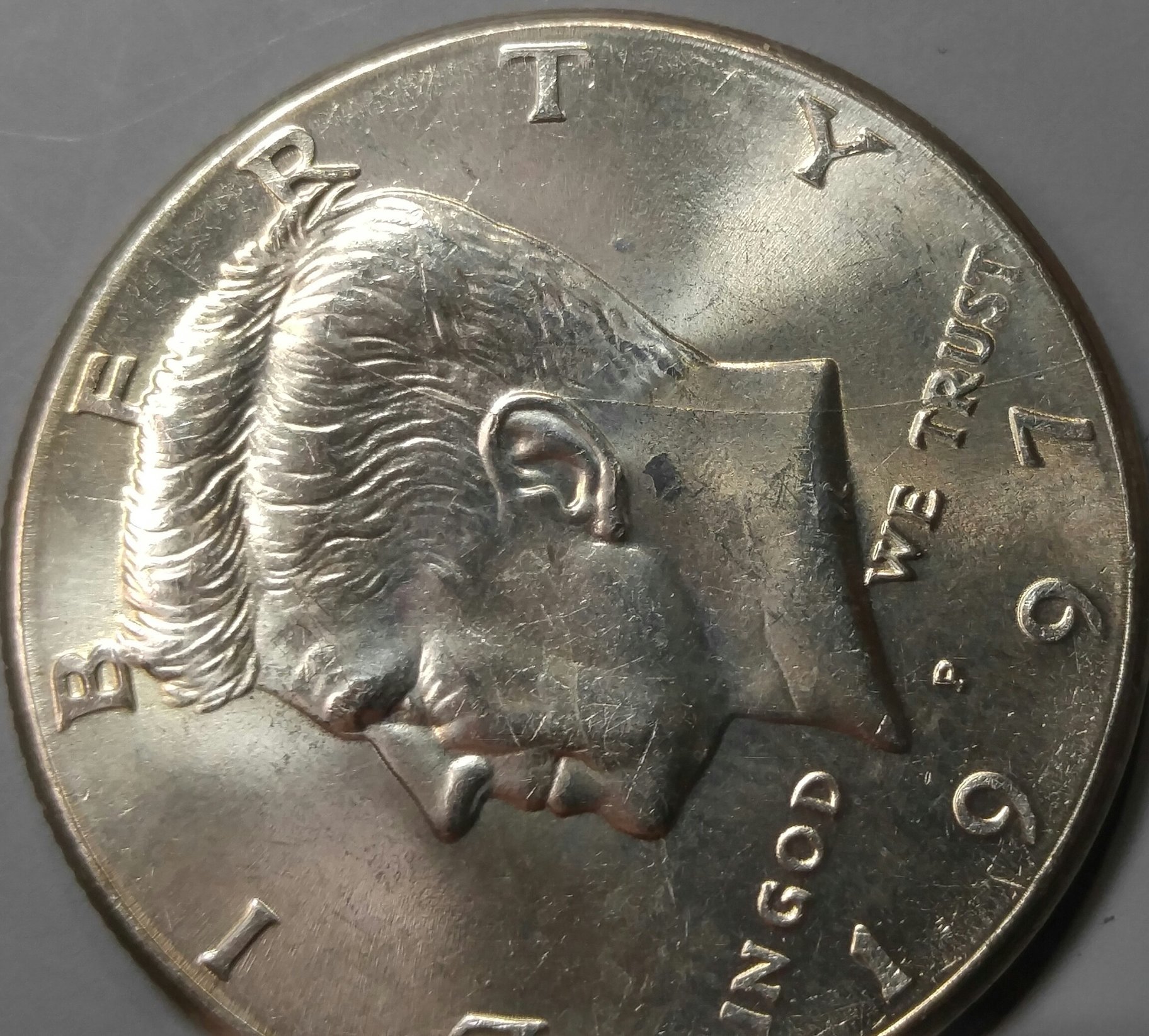
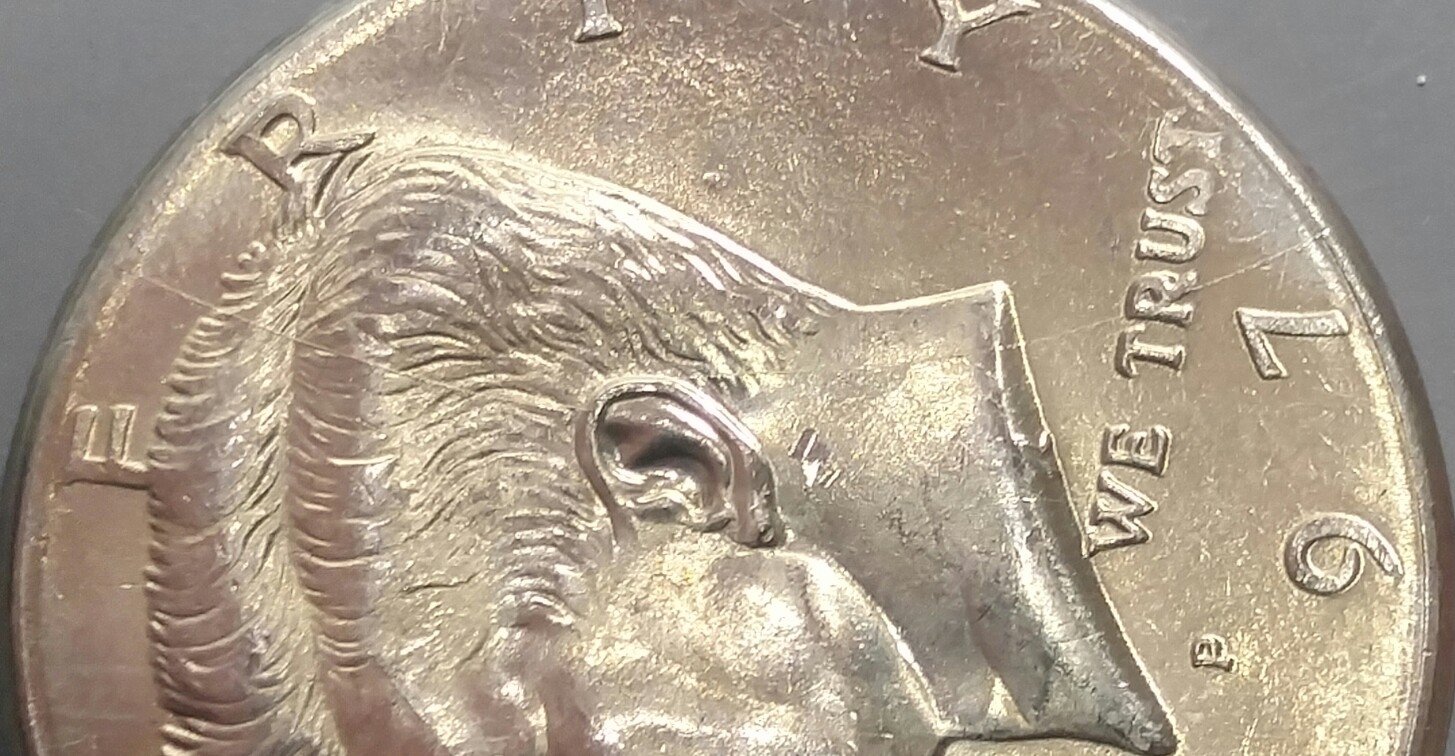
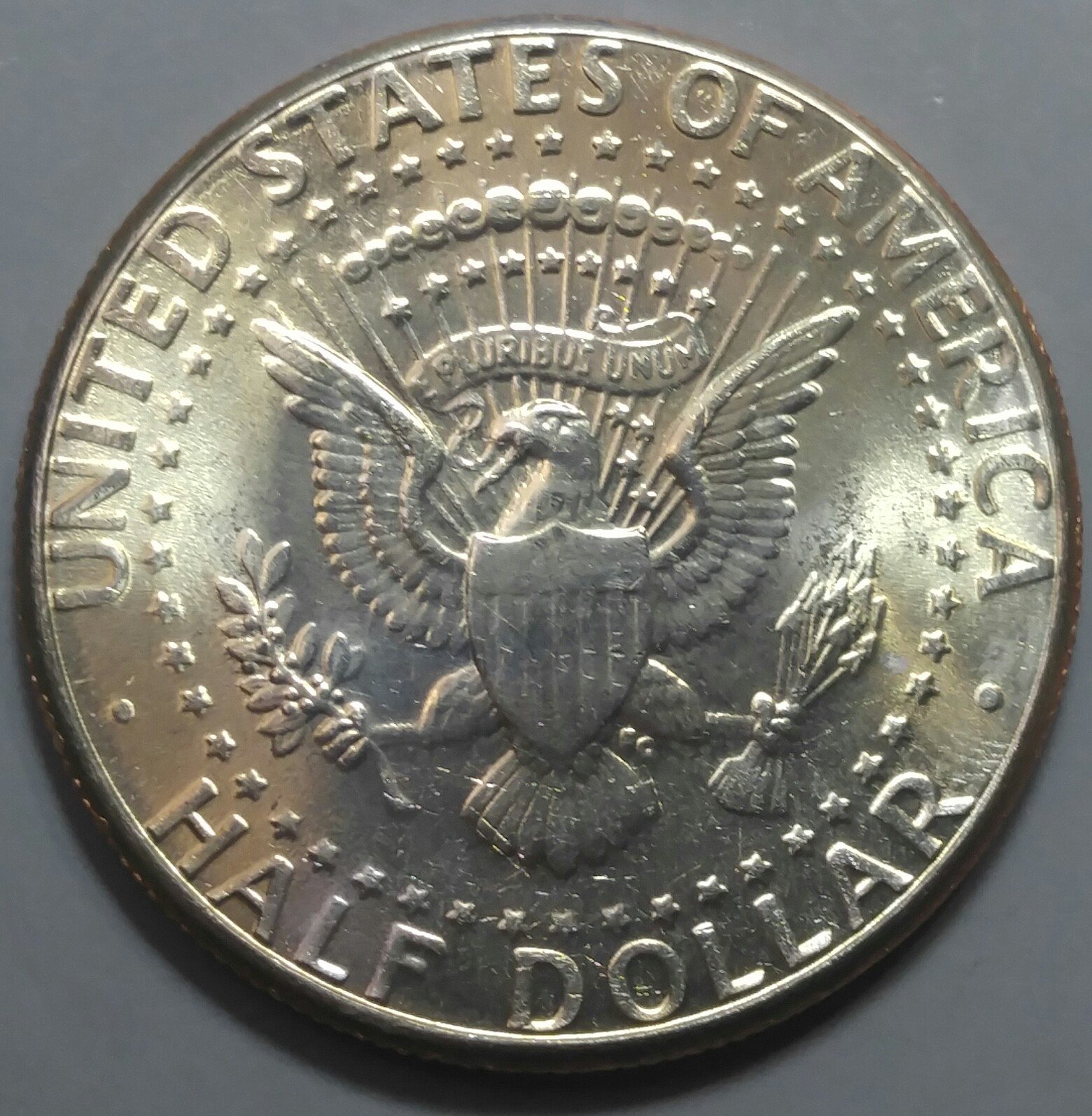
The more you VAM..
0
Comments
Nice break, but no Rockwell.
Rockwell was a joke. Its either a die dent or an unusually symmetrical die chip that has rounded out so to speak from die wear.
Do the die cracks connect at any point?
It's a die dent, in my opinion.
Interesting coin.
Yes. You can see it in the 3rd pic down. The crack runs through the upper ear rim
Make sure to check the ERROR box on your submission form otherwise it might just straight grade without the error listed on the insert.
This must be a variety. I saw hundreds of those "bullet behind fhe head" errors with that die crack. I thought them to be in poor taste and spent them. Cool to see someone find the same thing. The dot behind his head keeps getting smaller and more rounded and then it's just gone and so is the crack. Neat for someone else to find one of these guys. The smaller the "bullet" gets, the more pronounced the crack will be.
I believe if the crack extents from rim to rim (edge to edge) that the die crack/break is considered a "cud" which is likely more desirable than just a die crack.
@Azurescens ... I don't think this die crack would go away with time. The only way a die crack can "go away" is with relapping the die. Even relapping, however, would not eliminate the crack going across the devices, it would only remove it from the fields.
See http://www.doubledimes.com for a free online reference for US twenty-cent pieces
Not always. A rim-to-rim die crack can progress into a retained cud or a cud, but is not considered such as a characteristic on its own.
Thanks for posting....nice pics....cool die crack.
What would define a retained cud vs. a die crack from rim to rim? I recall being told the definition of a retained cud is the rim to rim die crack. I am happy to refine my knowledge. Thanks.
See http://www.doubledimes.com for a free online reference for US twenty-cent pieces
A retained cud is an actual die break, but the
piece of the die that broke is still retained by
the collar - that's why most of them are on the
reverse, or whatever was the reverse die.
You can see a 'split' of the design or lettering
from a retained cud - proof that part of the die
piece broke off, shifted just a tad, but was still
retained by the collar.
If that piece falls out of the die and collar, then
a 'cud' die break occurs.
A rim to rim die crack isn't a retained cud - and
a die crack that goes from one axis to another can
turn into a 'Split Die" crack.
Hope this helps a little bit.